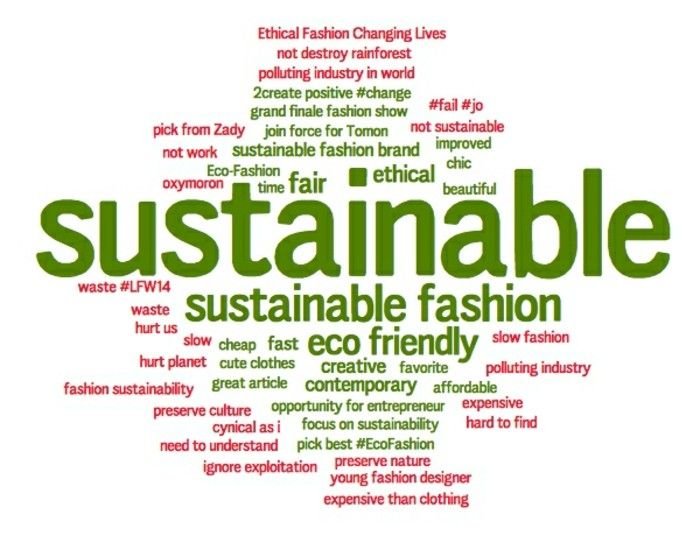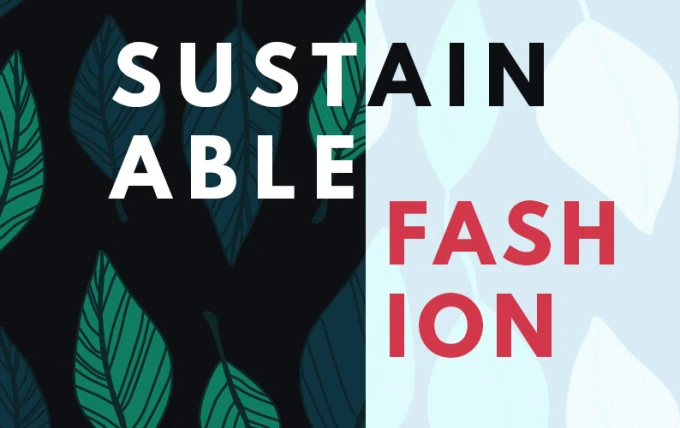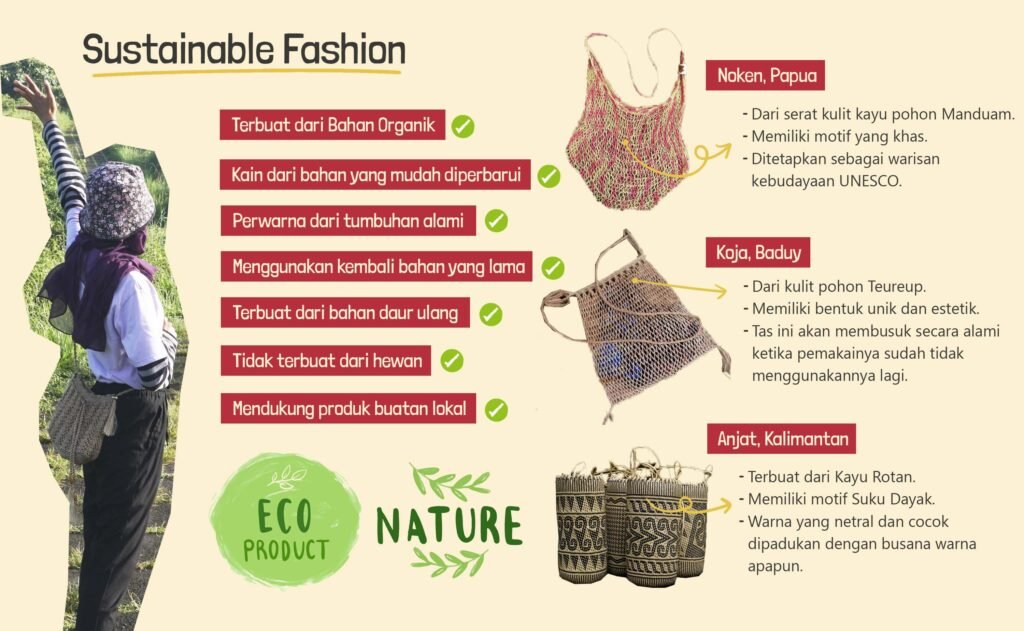Sustainable fashion is clothing, footwear, and accessories designed and produced with the least environmental footprint and ethical labor practices. Its principles are waste reduction, resource conservation, and fair treatment of workers.
Sustainable Fashion Trends:
Reducing carbon footprint associated with the apparel industry.
Maximizing the usage of eco-friendly materials.
Extending the lifespan of clothes through time-proof design and fine craftsmanship.
Environmental Impact of Fast Fashion
Fast fashion has moved fast pace into how we have consumed clothes, and alarming implications draw attention towards the impact:
Number of wastes going into landfills:
Millions of tones of clothes every year
Emissions produced through carbon:
The major emissions are clothing production and transportation.

Water pollution:
Byes from production and chemical contamination
The above problems call for a sustainable alternative:
Top Sustainable Fashion Trends 2024
The fashion industry is embracing many new practices to adopt sustainability. Leading trends include:
The reworking of waste to be wearable art
Circular economy models, such as the fixing, reselling, and recycling of garments
Transparency:
Companies publishing their supply chains as a move to build customer trust
Recycled and Upcycled Materials
Recycling in fashion is the conversion of old materials into the manufacturing of new garments. Moreover, this trend encompasses even more recent examples:
Plastic Waste to Fabric: Businesses that manufacture clothing and accessories using recycled PET bottles.
Upcycling: Turn old clothes into great style stuff.
It reduces the amount of waste and the exploitation of value in waste
Popularity of Organic Textiles
The reputation of organic textiles such as cotton, hemp, or bamboo is gradually being publicized. This brings about the following benefits:
Pesticide and chemical reduced;
Fewer amounts are needed compared to conventional farming
More bio-degradable hence fewer wastes in landfills.
Circular Fashion Economic
Circular fashion will not waste it. Some of its significant activities include:
Preloved markets – ThredUp, Depop, or like other
Rental: Rent the Runway-type firms:
High fashion one does not live with
Tech in Sustainable Fashion
The Future of Sustainable Fashion has come for the reasons of supportive technologies:
AI design: smart design with less waste and less material usage.
Blockchain:
The supply chains are completely transparent since all the activities from production to the point of sale have a mark.
3D printing:
Mass production thought removed and more waste.
Ethical production
Sustainability is a two-way aspect involving human beings, other than the environment. Ethical practices ensure:
Fair Wages:
They give a fair wage for the labor
Safe Working Conditions:
Factories provide safe space for workers.
Community Empowerment:
They respect cultural traditions and speak about what the community has to say for the artisans
Brands on the Prowl
Thousands of brands are going big time for sustainability:
Patagonia:
Eco-fashion to take into the wild with products recyclable.
Stella McCartney:
Vegan no animal testing fashionistas.
Allbirds:
Manufactures shoes using renewable material and commitment to transparency.
Consumer Power for Sustainability
Consumers possess the power of change. What people can do today:
Buy less, better quality.
Demand ethical brands
Clothing swaps or Second-hand buying
Challenges for Full Sustainability
Besides the “wins,” many miles remain before all these are attained:
High Cost:
For the most part, sustainable production is more costly than its traditional counterpart.
Scalability:
Sustainable practices cannot be scaled up for the demand of global.
Awareness amongst Consumers:
Many customers are not aware of the environmental cost attached to his/her purchase.
Government Policies and Sustainability
The government is pushing the fashion industry now, too. It also features,
Tax Benefic ” of Eco-friendly Production.
Ban on Hazardous Chemicals that Cause Water Pollution.
Rules of Garment Recycling

FAQs on Sustainable Fashion Trends
1. What is the distinction between sustainable and ethical fashion?
The first characteristic of sustainable fashion emphasizes a concern for environmental impact, whilst the character of ethical fashion sensities matters for fair labor conditions.
2. Are eco-friendly clothes more costly?
Certainly, however, these options moreover tend to outlast their alternative unsustainable options by such a great margin, that in the end, they tend to be cheaper.
3. How can I tell if a brand is sustainable?
Search for indications of Fair Trade, GOTS (Global Organic Textile Standard), or B Corp.
4. Is thrift shopping sustainable?
Yes. It also doesn’t create new waste and reduces the production pressure.
5. What are some affordable eco-friendly brands?
There is no such thing as a budget-friendly sustainable brand than Everlane and Pact when it really comes to the cheapest sustainable option going on.
6. Must luxury fashion be unsustainable?
Absolutely not, since many luxury brands are finally figuring out their sustainability benefits and proving that glamour and sustainability can go hand in hand.


